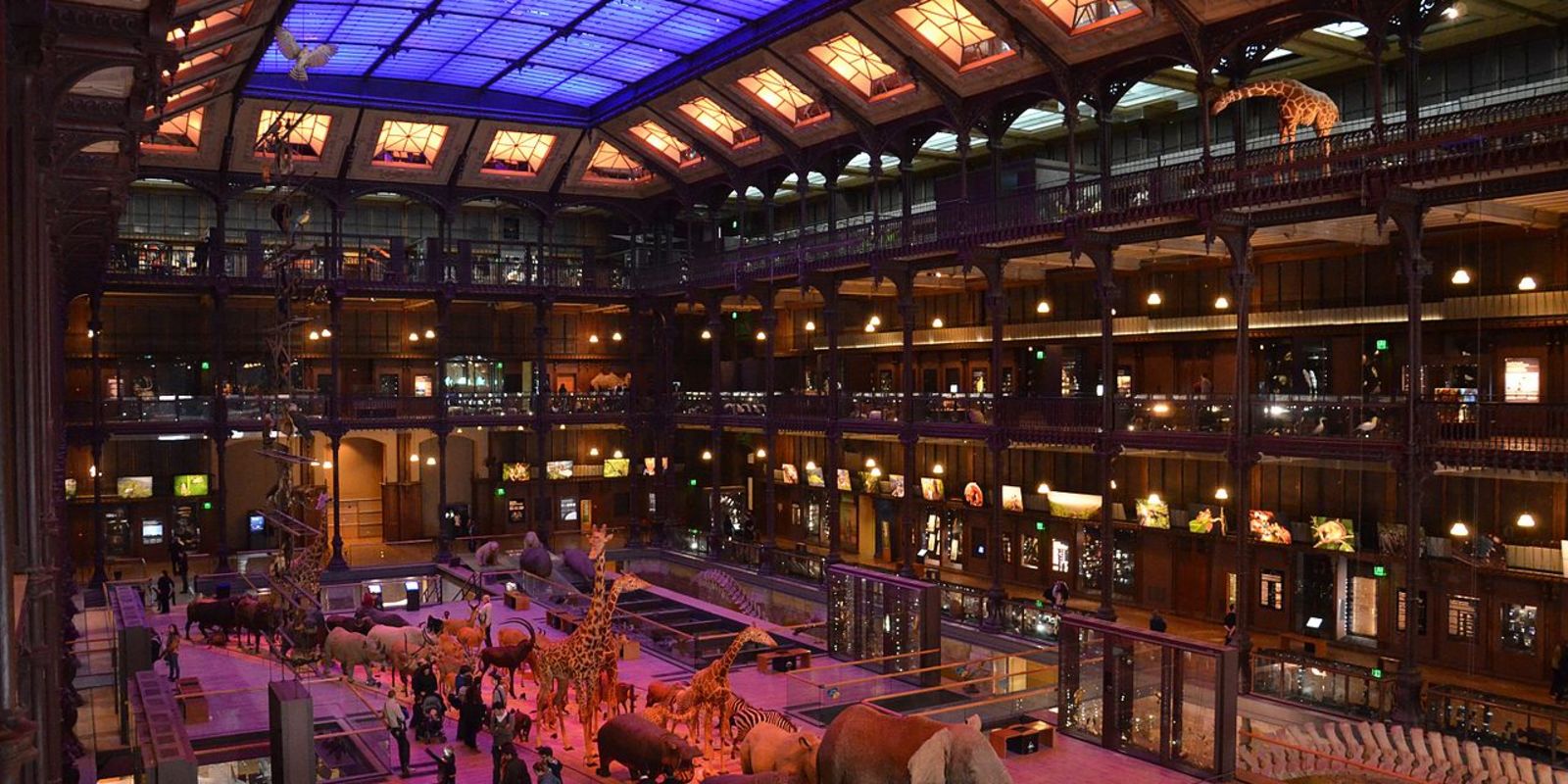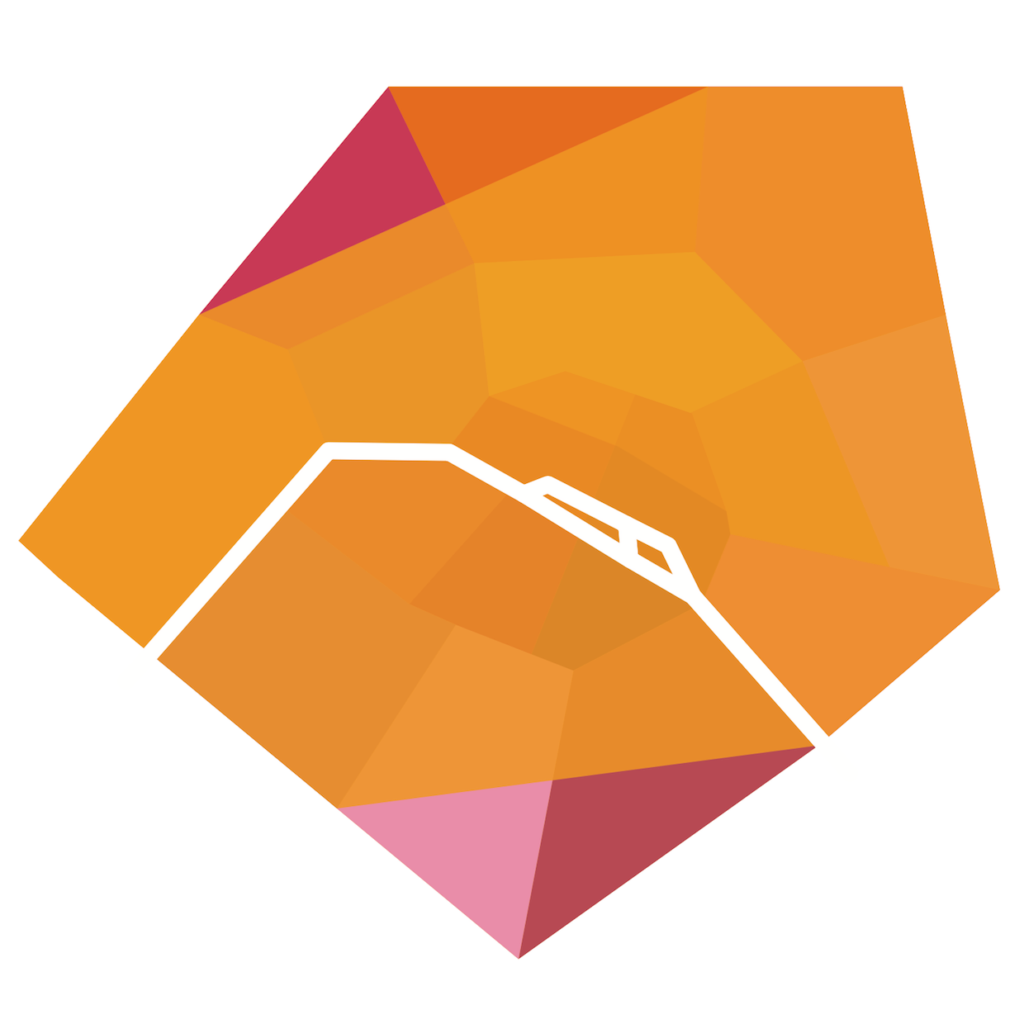Itinerary
At the Jardin des Plantes and its Gallery of Evolution, you’ll learn a lot about plant species and the evolution of life, while enjoying a relaxing a family-friendly time. And in the immediate neighbourhood, you’ll also have the opportunity to travel, even back in time.

This itinerary will be one of various experiences you may not have thought of while deciding to visit Paris Latin Quarter. It will be a decidedly relaxing, family-type, and exotic few hours of your time.
It can be done in less than half a day, but don’t be afraid to spend the whole day on it if you want – especially with children at the Menagerie of the Jardin des Plantes (but only if you’re comfortable with the idea of a small zoo as a decent habitat for animals).
Obviously a sunny weather will make everything better, but if it’s rainy, just spend some time at the Great Mosque and at the Great Gallery of Evolution, then go eat something – this will be already enough to make this day something to remember.
5 stops
1. Great Mosque of Paris
This very nice and beautiful place, built following the mudéjar style, and whose minaret is 33 meters high, was inaugurated on July 15, 1926, and is one of the largest mosques in France.
It can be visited all year, except prayer and lecture rooms which are only open to muslims. Non-muslim must pay a small fee. There is also a traditional restaurant, “Aux Portes de l’Orient”, a tea house, a hammam (open alternatively to men and women), and a shop.
2. Great Gallery of Evolution
A true gem, appealing to small children as well as adults, this place full of naturalized animals is both highly educational and visually stunning.
The Great Gallery of Evolution is part of the Museum of Natural History. Since 1994, it’s a 3-level exhibition space devoted to the persity of life :
- Level 0 and 1 is focused on the marine and terrestrial habitats.
- Level 2 is focused on human alteration of the natural ecosystems and the resulting effects on life.
- Level 3 is focused on the mechanisms of evolution.
The scenography skillfully uses the architecture of the building to create, along with musical sequences and lighting effets, an very artistic representation of the animals.
Source : translated from Wikipedia contributors, “Grande galerie de l’évolution du Muséum national d’histoire naturelle“
3. Menagerie of the Jardin des Plantes
This zoo is one of the oldest of the world, located in the heart of the city. Hosting about 1,000 animals which generally doesn’t have much room to live, this place might not be for all tastes – well, as all zoos. The vivarium is worth the look, still.
4. Fountain of Lions
Located not far from the Geoffroy-Saint-Hilaire street entrance of the Jardin des Plantes, in a hilly area with lots of trees, this fountain was sculpted in 1863 by Henri Jacquemont (the man responsible for the dragons of the Saint-Michel fountain). Two lions stands here, and one of them is… eating ! Find out what by carefully looking at the fountain…
5. Arènes de Lutèce
The Arènes de Lutèce are among the most important remains from the Gallo-Roman era in Paris (formerly known as Lutèce in French or Lutetia in Latin), together with the Thermes de Cluny. Lying in what is now the Quartier Latin, this amphitheater is considered the longest of its kind constructed by the Romans. The presence of a long stage allowed scenes to alternate between theatrical productions and combat.
Subsequently, the amphitheater was filled in completely following the construction of wall of Philippe Auguste. Centuries later, even though the surrounding neighbourhood had retained the name les Arènes, no one really knew exactly where the ancient arena had been. It was discovered by Théodore Vaquer during the building of the Rue Monge between 1860–1869.
Spearheaded by the author Victor Hugo and a few other intellectuals, a preservation committee undertook to save the archaeological treasure. Standing in the centre of the arena one can still observe significant remnants of the stage.
Source : Wikipedia contributors, “Arènes de Lutèce”
LeisureFamily
Map, navigation, practical information, extra pictures and more are available on the Paris Parcours app.
